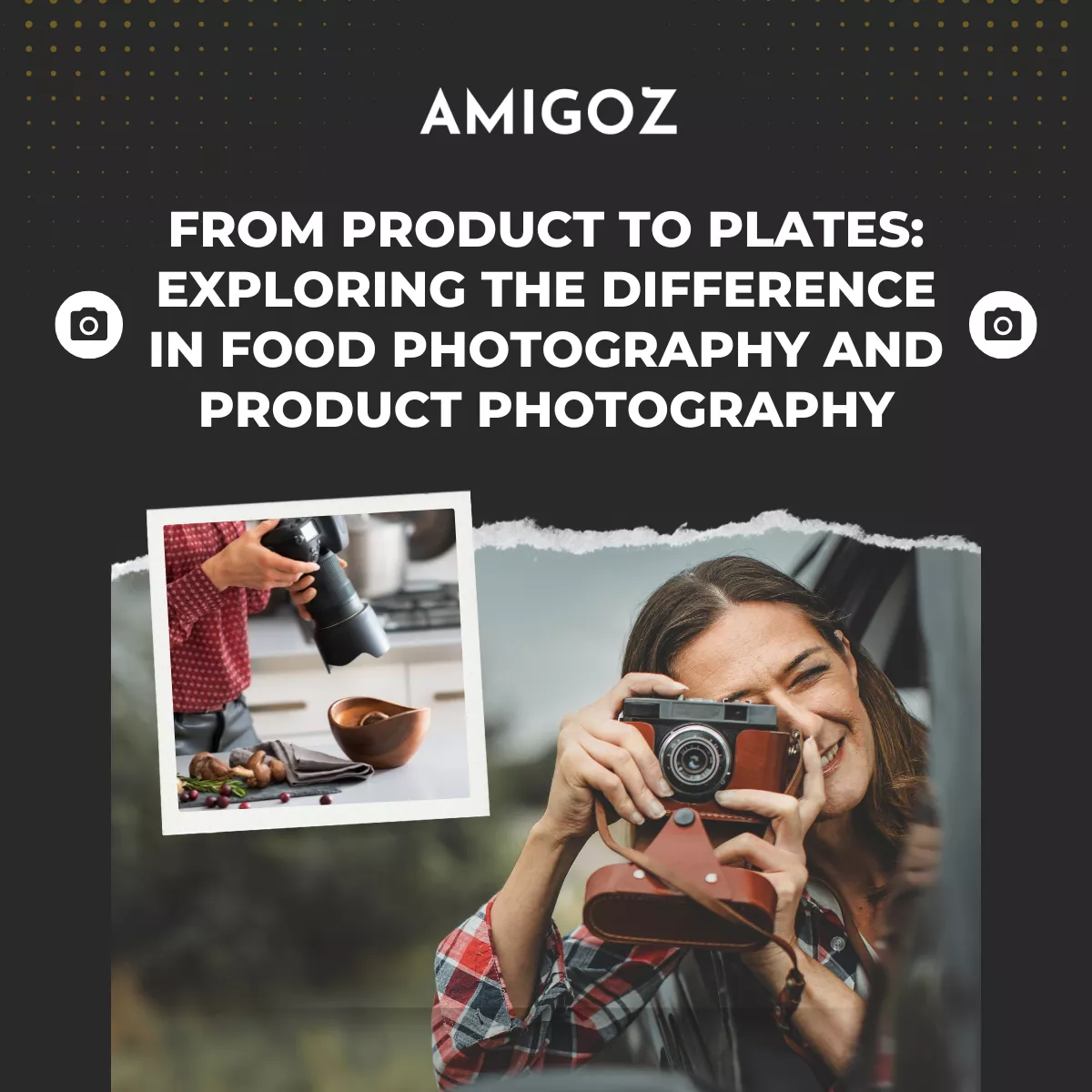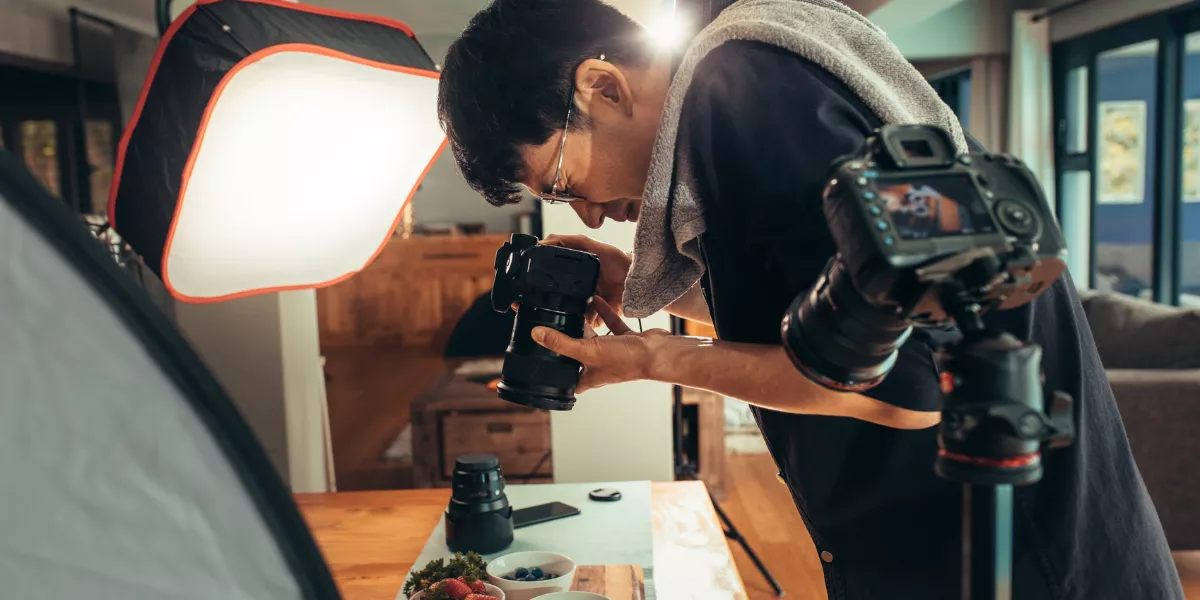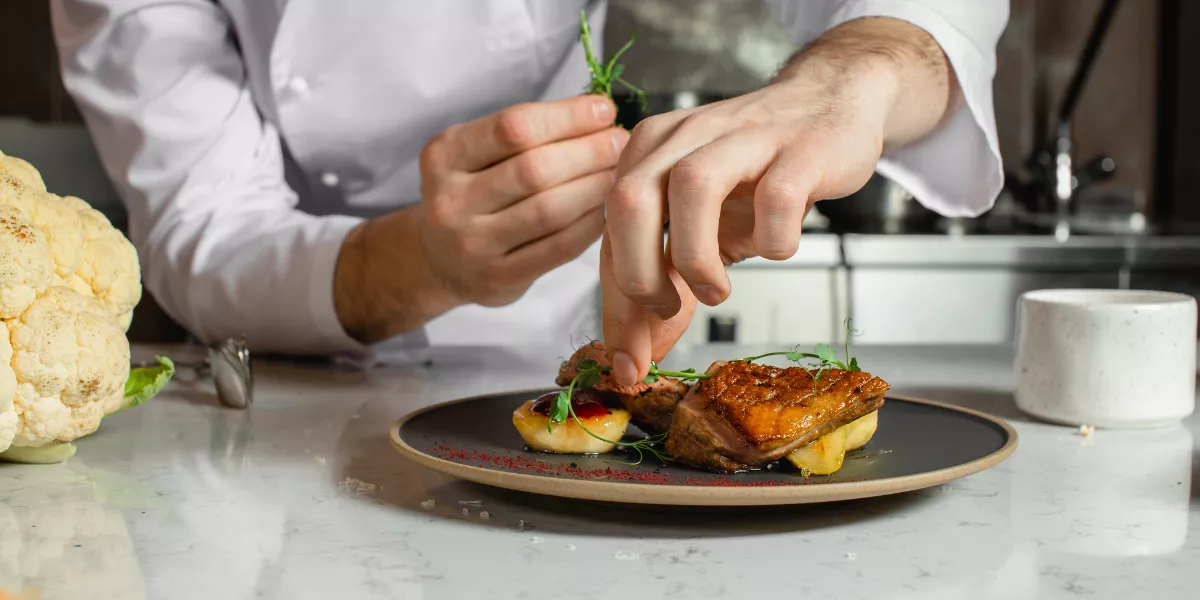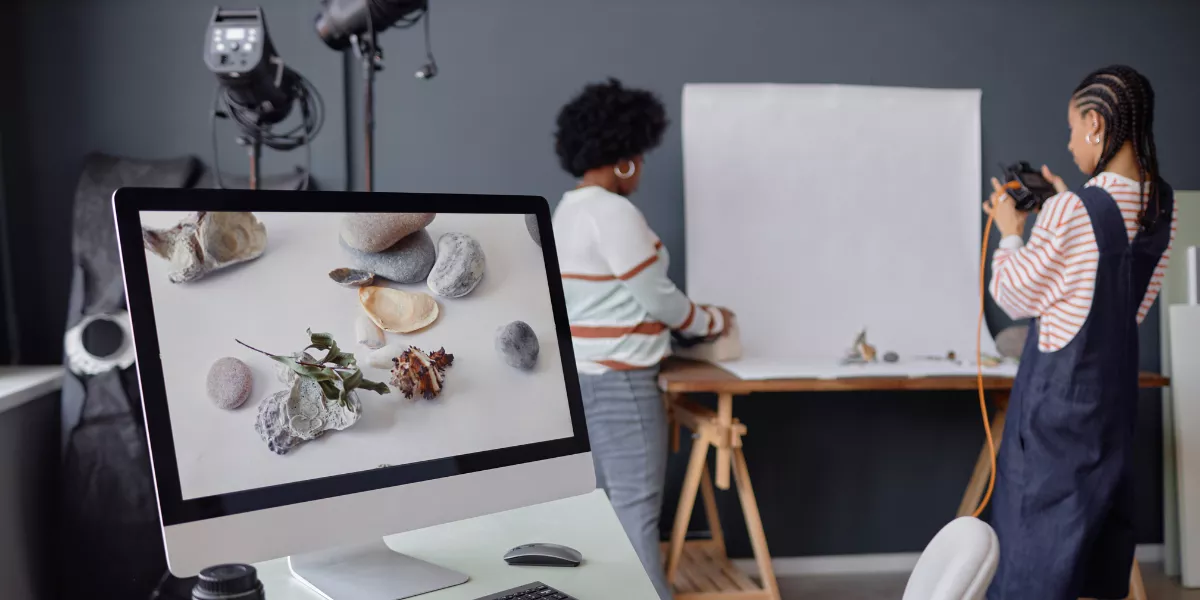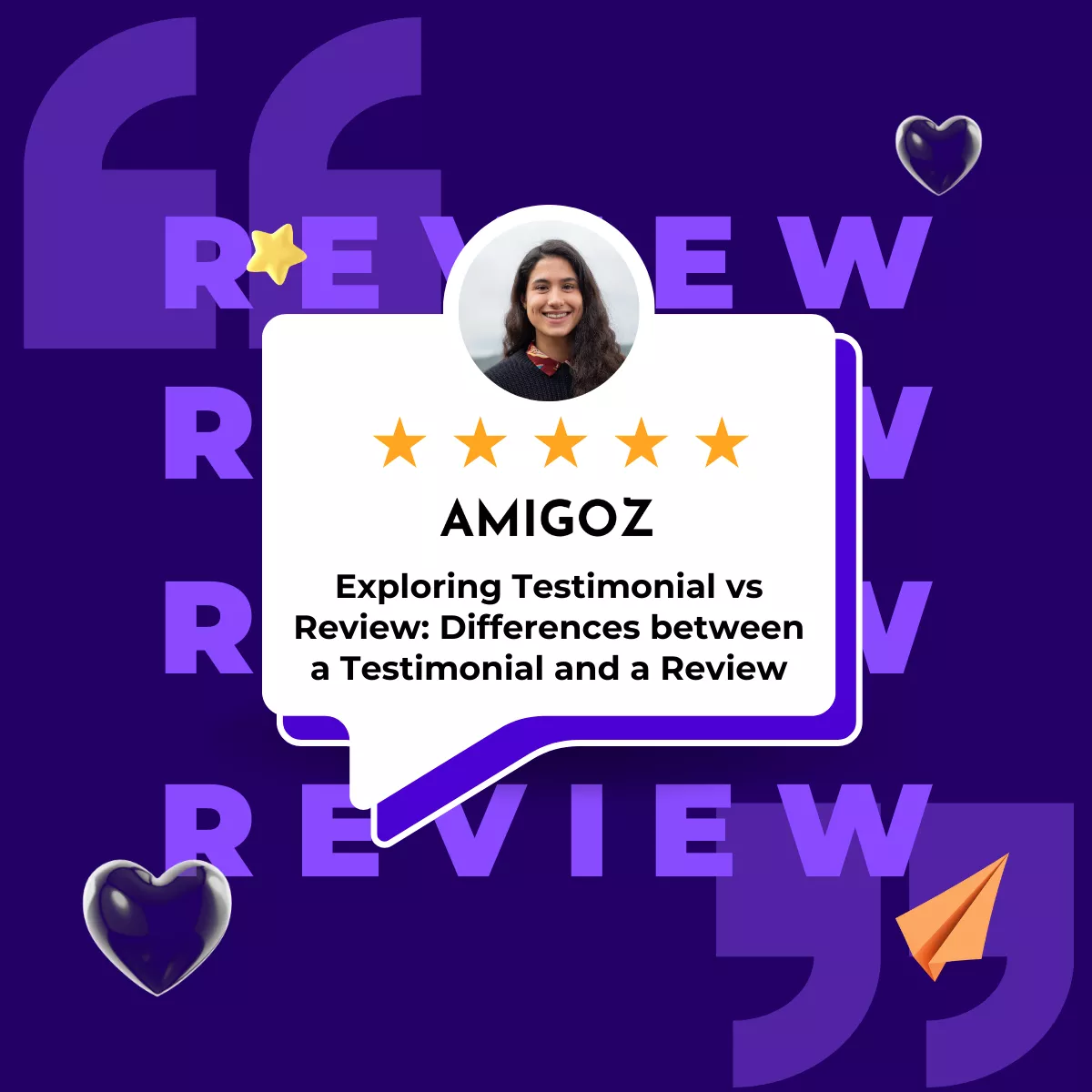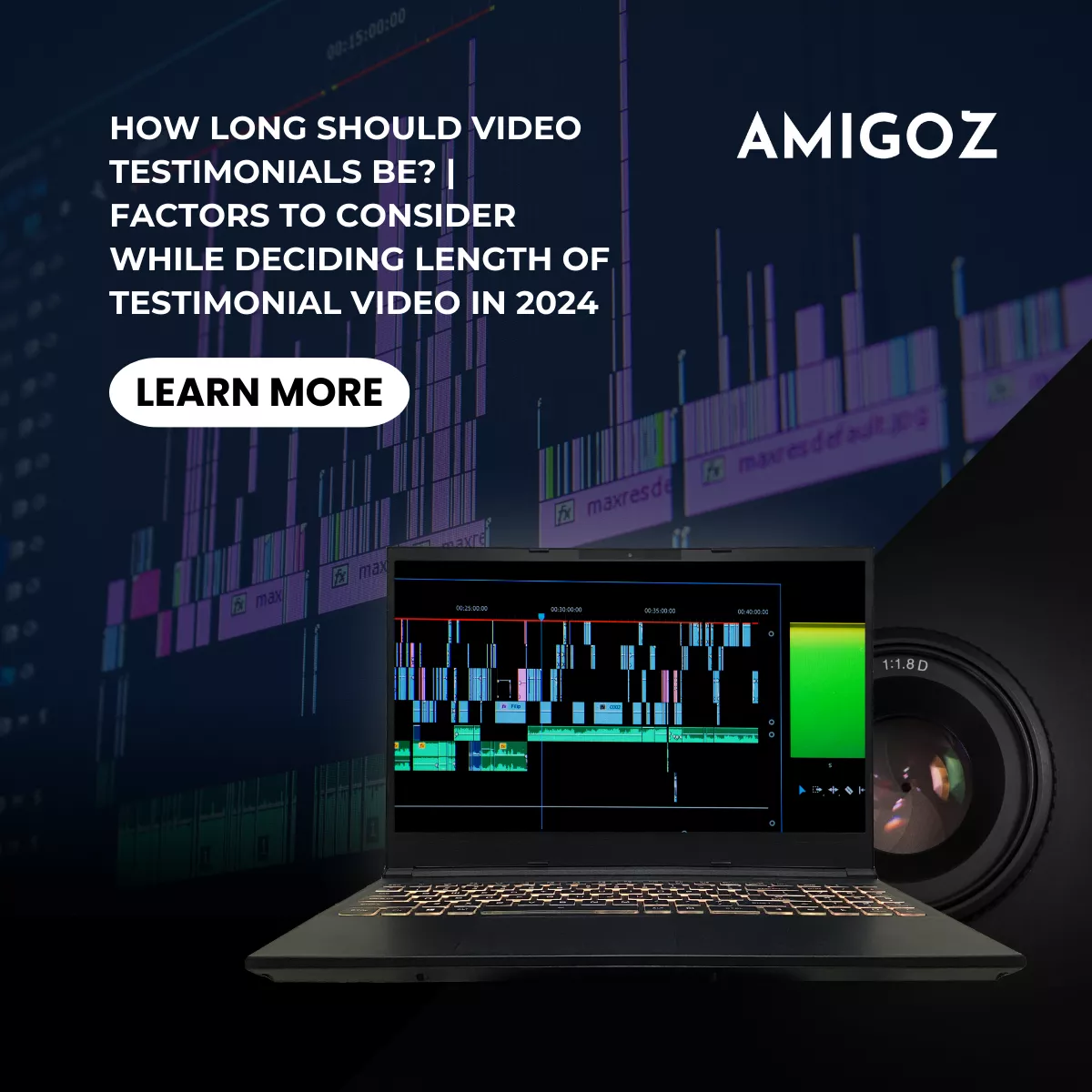Is food simply another product, making food photography the same as product photography? Not really. There are similarities between the two as both aim to elicit an action, whether it’s buying a product or eating a meal, but their approaches differ significantly.
Understanding what’s the difference in food photography and product photography is crucial in achieving the right visual impact. This blog will explore how each serves a unique role in engaging your customer:
What is Food Photography?
Food photography is more artistic. It is the process of capturing pictures of food in an appetizing and visually appealing way that makes the viewer want to take a bite. Professional food photography aims to evoke sensory experiences and make the viewer crave the food; often found in menus, cookbooks, or advertisements.
What is Product Photography?
Think of product photography as the process of taking pictures of a product with the intention of presenting the features, design, and use of the product in the best way possible. The objective is to convince potential consumers about the product’s quality and appearance.
Key Differences in Visual Storytelling: Food Photography vs Product Photography
Photography blends the creativity of art and the precision of science. Because of this balance, product photography is highly precise and monitored, like baking, whereas food photography is more creative and spontaneous, like cooking, focused on creating appetizing images of delicious dishes. Here are the key differences in food and product photography:
Purpose
- Food photography aims to present dishes look delicious and appealing, often evoking sensory experiences like taste and smell. It can be used in menus, social networking, or a cooking book to arouse demand for dishes among clients.
- Product photography focuses on highlighting the primary features and intended use of a product for online marketing purposes, particularly in e-commerce, commercials, or in a catalog to show functionality and aesthetics.
Styling
- Food photography involves detailed food styling and everything that is placed around the dish like utensils, napkins, and even the garnish basically to enhance the dish’s visual appeal and create a mood or environment.
- Product photography generally uses plain backgrounds (possibly white) to avoid distractions, keeping the focus solely on the product.
Lighting
- Food photography usually uses a soft, natural light to make the food appear fresh and appetizing. It may draw attention to textures and colors and thus create a warm and inviting ambiance.
- Product photography relies on controlled studio lighting, which can be bright and even illumination, to avoid shadows and highlight the quality and details of the product.
Angles and Focus
- Food photography experiments with dynamic directions such as close-ups, overhead shots, or side views to get the best out of the dish, which usually highlights the texture.
- Product photography often uses direct and symmetrical angles (such as frontal, side, or 45-degree views) to give a precise and professional view of the product.
Audience Connection
- Food photography appeals emotionally, aiming to stimulate cravings and create a sensory connection, encouraging viewers to try the dish or visit the restaurant.
- Product photography is more practical and aimed at providing the buyer with basic information about the product’s features and benefits without relying on emotional engagement.
Post-Production
- Food photography editing aims at improving the colors, textures and freshness of the food while maintaining a natural look, without over-editing to keep it appetizing.
- Product photography emphasizes perfection by removing flaws and correcting inaccurate coloration. It also enhances sharpness and ensures accurate color representation to reflect the true appearance of the product.
Subject Complexity
- Food photography covers non-stationary objects that may perish, deteriorate, or become aesthetically unappealing at best within a short and precise period.
- Product photography mainly deals with hard products such as portable gadgets, articles of clothing, or furniture, making the product less time-sensitive but more focused on technical perfection.
Composition
- Food photography is often more artistic to tell a story, aiming to create a narrative or evoke a mood around a particular food. Some of the objects include the props, the table settings, and the backgrounds to form a given plot.
- Product photography in contrast is much more simplistic and clearer so that the product stands out, often with minimal or no distractions.
Intent
- Food photography’s primary idea is reasonably clear, to make people really want to eat it, whether by trying a dish or visiting a restaurant.
- Product photography is even more intent to involve disclosure of specific information concerning the product to allow potential buyers to understand its features, advantages, and quality to make a purchase decision.
Tips for Professional Food and Product Photography
It’s been said that photography can influence the first impression and that couldn’t be more true. Whether it’s product or food photography, the concept is always about how to make the product look tempting. Consider these tips for professional food photography and product photography to get the best commercial product and food images:
Tips for Professional Food Photography
- For food photography, shooting the unadulterated beauty of the food with a focus on detail will make your pictures more appealing and new.
- Use props such as a table set up to give the clients the environment they want to portray.
- Lighting such as natural or soft diffused, is also important to get that beautifully unique editorial that reflects the true color and texture of the food.
- Capture every angle of the dish to give the audience the impulse to want to eat the dish. Experiment with overheard shots, side angles, and close-up shots.
- To see each shot immediately, link your camera to a computer using a tether. This allows you to make real-time adjustments to angles and details.
- Tethered shooting and live view should be used to make adjustments as you shoot, so you can get that editorial shot that will make the viewers crave the food.
Tips for Professional Product Photography
- Use tethered shooting to gain control over each shot, allowing real-time adjustments, that help to capture perfect commercial product images.
- Consider lighting and color as it is crucial to show every aspect of the product from every angle.
- Design an artistic and appealing editorial shot that would also highlight the product’s artistic qualities, aligning with the style of the company and making the product easily noticeable.
- Make sure the camera is steady to click high-quality and professional images, so use a tripod.
- The product must be styled to create a shot that will make people appreciate every angle whether it’s a sleek, commercial aesthetic, to a rustic country setting.
Conclusion
Food photography and product photography, though similar in some aspects, both serve different functions, goals, and methods. Food photography is concerned with ideas and aesthetics, and most food images are intended to fuel the appetite. Every food photographer tries to capture an editorial shot that will make the viewer buy and eat.
On the other hand, product photography is highly technical and precise to capture the central element which is the functionality of the product. By having artificial lighting control, avoiding cluttered image compositions, and clear angles, it ensures the product has been given all the prominence it deserves. By understanding this difference in food photography and product photography, it is possible to give the right visual impact to the intended audience.
Revitalize your Brand Identity with Amigoz
At Amigoz, we fully appreciate the importance that can come along with high-quality pictures as a way of attracting the attention of the audience. If you require appetizing food photos that will make your stomach rumble, or accurate product photographs that will reveal every product’s features, we have got you covered.
Creativity and precision are combined through our photography services to ensure that images create the impression needed in rebranding processes. Are you ready to increase the attractiveness of your brand? Contact us today and book your session.
FAQs
Q. What is the main difference in food photography and product photography?
A. Food photography focuses on creatively capturing photographs of fresh foods, while product photography covers a broader topic of commercial items. Both require to get precise shots, but food photography generally tries to create a sensation of taste and appeal.
Q. Which equipment do I necessarily need for professional food and product photography?
A. Essential equipment includes a high-quality camera with a live view, a good tripod, and lighting tools. It is important to measure the size of your subjects and plan your shots accordingly to get precise images.
Q. What are the key tips to create attractive food images?
A. To create more attractive images, tweak your setup for optimal lighting and angle. A little more planning and creativity can hit the mark. There’s no need to worry about using raw images, but make sure they look fresh and engaging to capture the viewer’s attention.
Q. What are the essential tips for shooting commercial product images?
A. When taking commercial product images, whether you’re in a studio or on location, consider your audience. If there is a gap between the product and the setting, the audience doesn’t engage. That’s certainly a key to creating captivating visuals.

